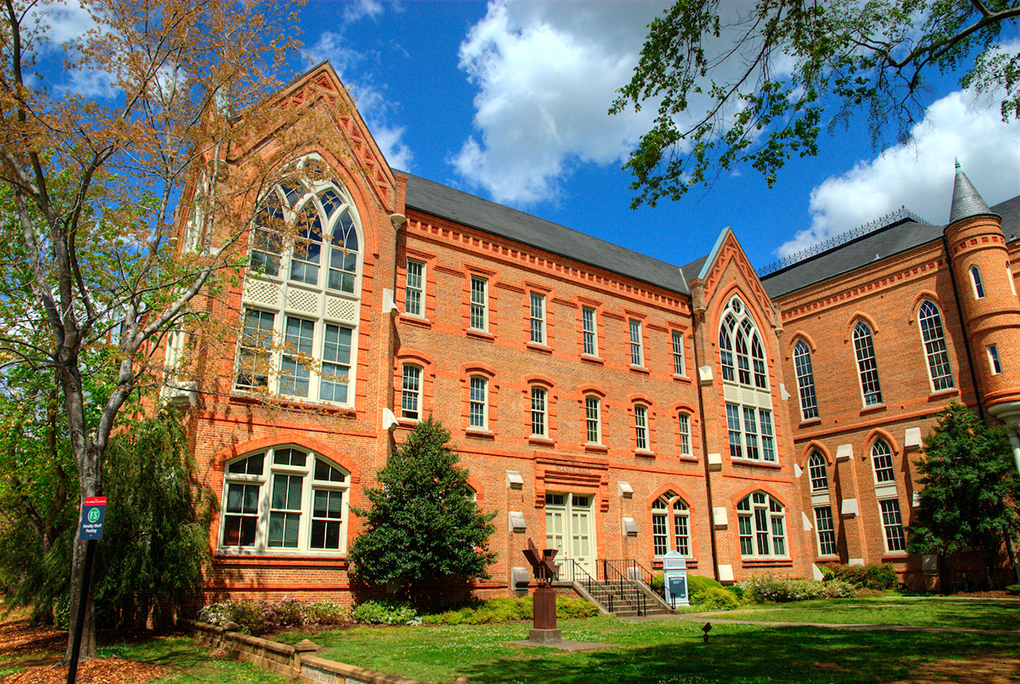
TUSCALOOSA, Ala. — The University of Alabama Religious Studies Department and the Smithsonian’s National Museum of American History have formally collaborated to create a digital resource on the religious dimensions of the events that took place at the Capitol on Jan. 6, 2021.
“This is a very exciting collaboration with the National Museum of American History,” said Dr. Michael Altman, associate professor of religious studies. “I don’t believe our department has ever worked with the Smithsonian before.”
Altman said the resource, Uncivil Religion: January 6, 2021, is a website that features scores of digital media — tweets, videos, photos, FBI files, etc. — associated with religions that were represented at the U.S. Capitol that day.
The website also features interpretive essays on those religious symbols written by more than a dozen religious studies scholars from around the globe recruited for the project by Altman and Dr. Jerome Copulsky, a research fellow at the Berkley Center for Religion in consultation with Dr. Peter Manseau, director of the museum’s Center for the Understanding of Religion in American History.
“Though the website goes live Jan. 6, 2022, to mark the anniversary, digital media will be added to the site as more content comes to light,” Copulsky said. “This shows that the phenomenon was broader from a religious point of view than many people realized.”
Altman said they went through thousands of posts on Parler, Twitter and other sites to curate the significant religious presence at the event. There are people blowing shofars, a person dressed as Moroni from the Book of Mormon, someone singing “Amazing Grace,” the “Battle Hymn of the Republic” and so much more.
“Our take is that religion was there in very obvious ways,” he said. “White Christian nationalism and the QAnon shaman appropriating Native American religions were some of the obvious, but there were more subtle displays as well such as a statue of baby Jesus, but not just any baby Jesus, it was the Infant of Prague and there’s a reason why it was shoved against the Capitol building.

“But to know in what ways religion showed up, you’d need to know more about what happened that day and more about the various religions represented, not just conservative Christianity. For instance, there were connections there that were specifically Catholic and that played with New Age spirituality. This resource will help explain all of that.”
Altman said the project started when Manseau reached out to UA’s Religious Studies Department in March.
“The University of Alabama’s Religious Studies Department has an excellent reputation for working on digital projects,” Manseau said. “That made it the perfect collaborator for the research we had been doing on religious symbols present at the Capitol on Jan. 6.”
Altman said he teaches a religious studies and public humanities course for first-year master’s students, and Manseau’s proposal provided the class with an excellent opportunity to get hands-on experience with the subject they were learning about.
“Three of our graduate students took the project on and built the website,” Altman said. “They did a fantastic job.”
Altman said he hopes “Uncivil Religion” will one day become a research hub for religious studies scholars.
Contact
Shane Dorrill, UA Strategic Communications, shane.dorrill@ua.edu
Source
Dr. Michael Altman, michael.altman@ua.edu
